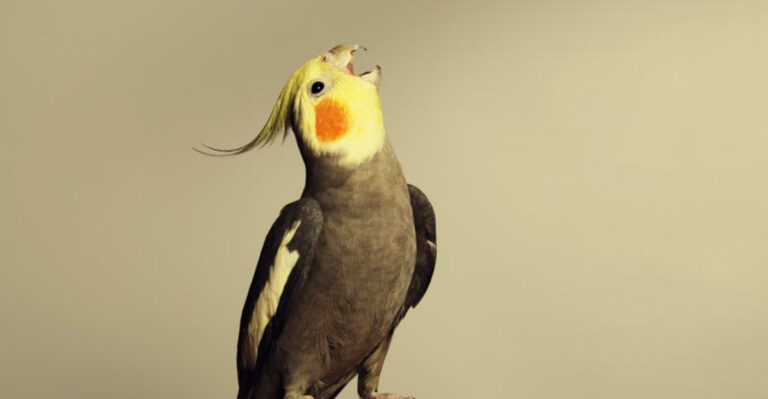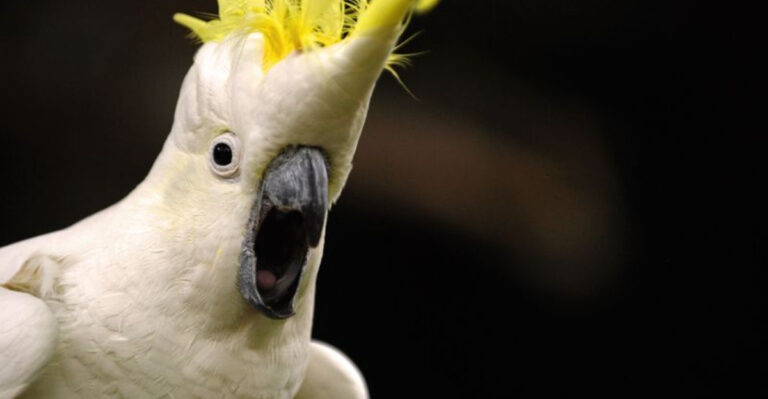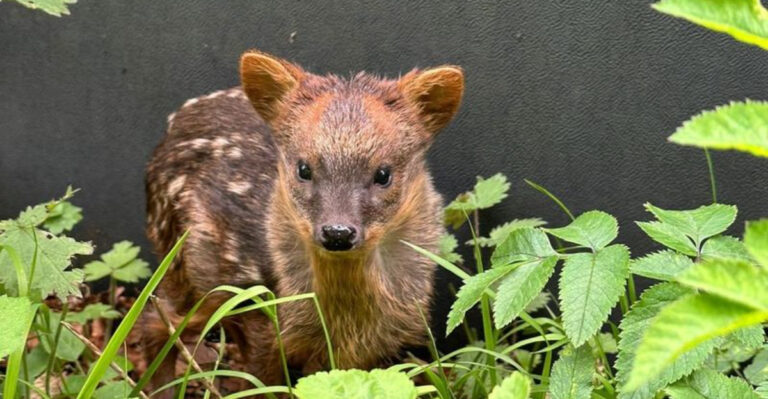15 Surprising Facts About The Dark Side Of Butterflies And Moths

Ever thought butterflies and moths are just about fluttery wings and garden dances? Think again! These creatures have a hidden, darker side that might surprise even the most avid nature lover.
From toxic tricks to sneaky habits, butterflies and moths have mastered the art of survival in ways you might not expect. Ready to uncover the mysteries?
1. Moths Attracted To Light And Toxins
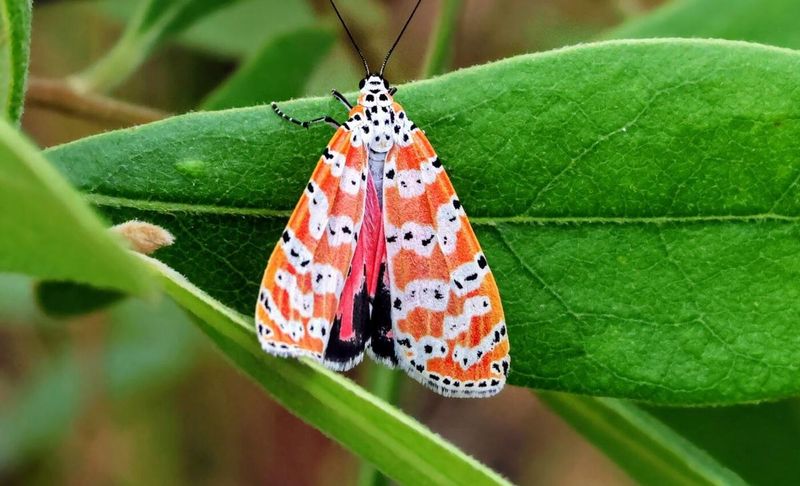
Picture this: you’re relaxing on a summer night, and suddenly, moths begin to gravitate towards the porch light. Not only are they drawn to light, but certain toxins also attract them.
This dual attraction can often lead them into hazardous situations, where the light signifies safety, yet the toxins can spell disaster.
2. Butterflies Laying Eggs On Harmful Plants
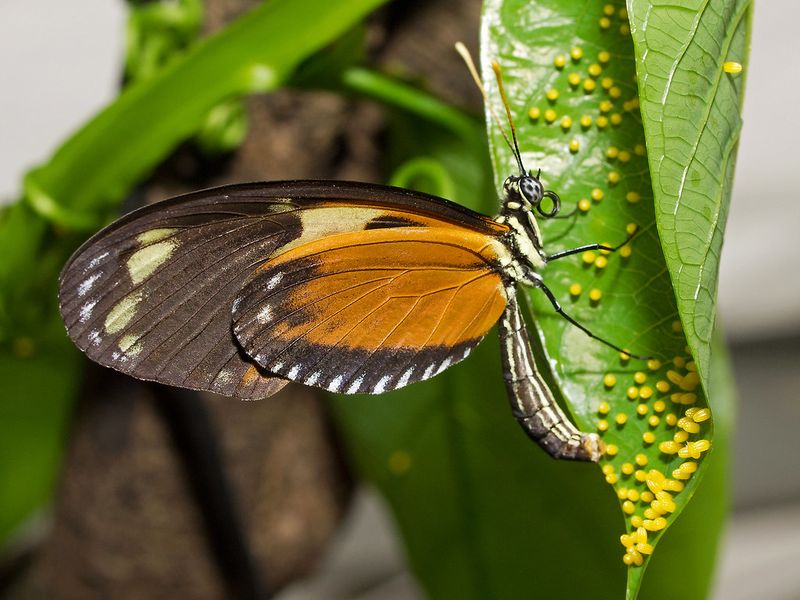
Butterflies sometimes choose risky locations for their eggs. Certain species lay eggs on plants that seem harmless but are actually laden with hidden dangers.
These plants can contain toxins, which caterpillars might absorb, potentially influencing their survival.
3. Caterpillars Absorbing Poisonous Toxins
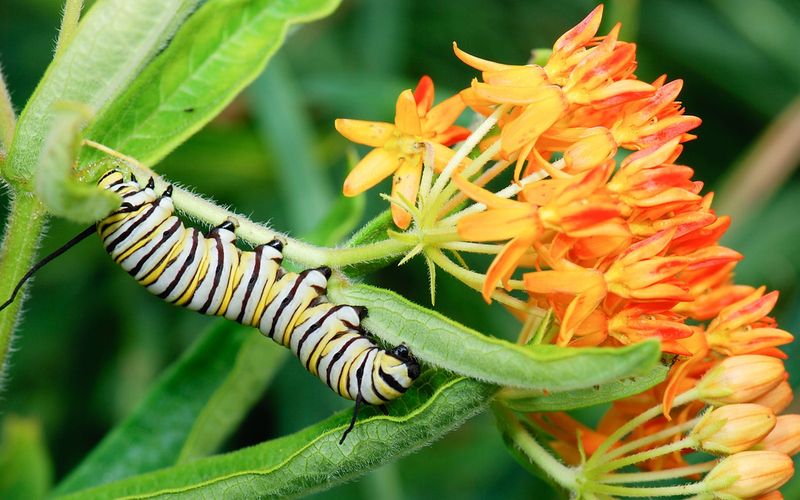
Caterpillars munching away on toxic plants isn’t just a mistake; it’s a survival tactic. By absorbing poisons, they become unappetizing to predators.
It’s nature’s way of arming these little critters with a built-in defense system. They thrive on the dangerous edges of nature, turning potential threats into protective armor for their transformation.
4. Moths Invading Homes And Damaging Clothing
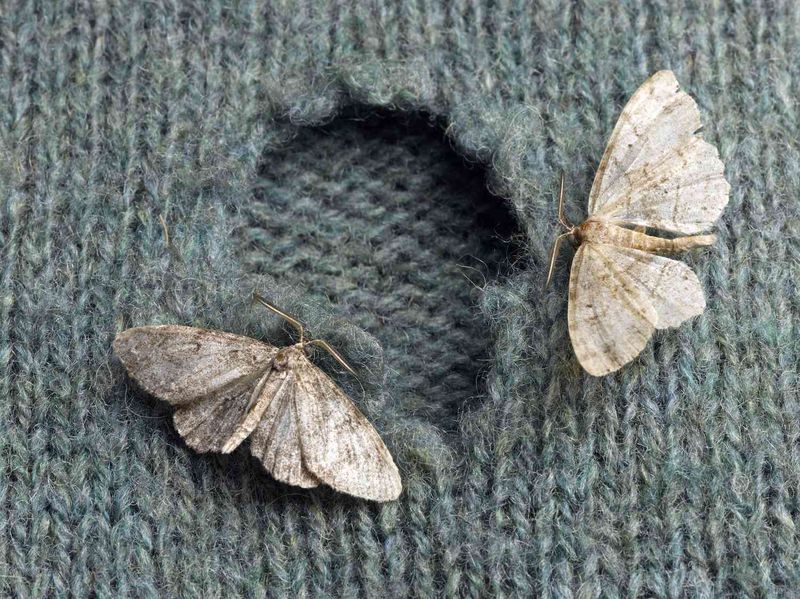
Finding holes in your favorite sweater? Sneaky moths might be to blame!
These pests are notorious for invading homes and feeding on stored clothing, especially natural fibers like wool, leaving behind a trail of destruction.
5. Butterflies Feeding On Animal Waste
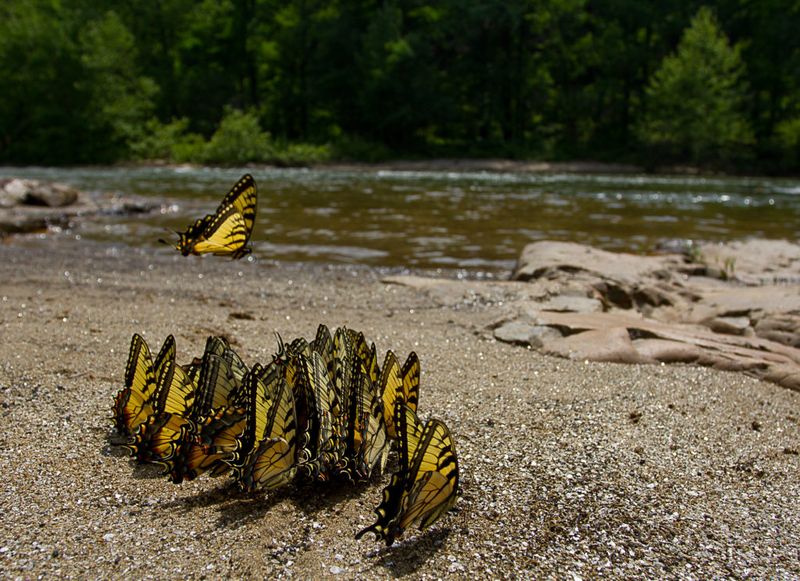
It’s not all about flowers and nectar; some butterflies feed on the less glamorous side of nature. They’re known to extract nutrients from animal waste, a practice called mud-puddling.
This behavior provides essential minerals and salts, fueling their vibrant lives.
6. Toxic Defenses Of Butterflies And Moths
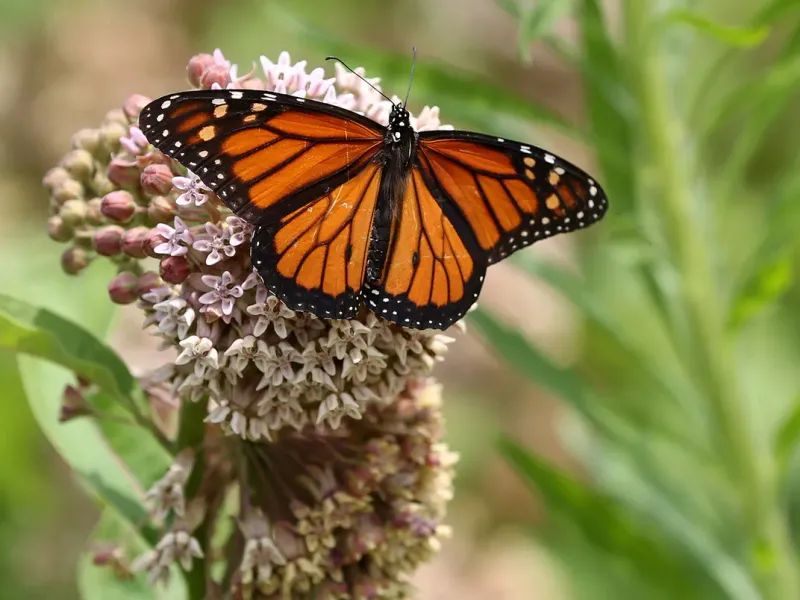
The vibrant colors of butterflies and moths aren’t just for show. Many species boast toxic defenses, with bright hues warning predators of their potential danger.
A clever evolutionary trick, these colors signal a bitter taste or a nasty aftereffect if consumed.
7. Moths Damaging Crops And Food Supplies
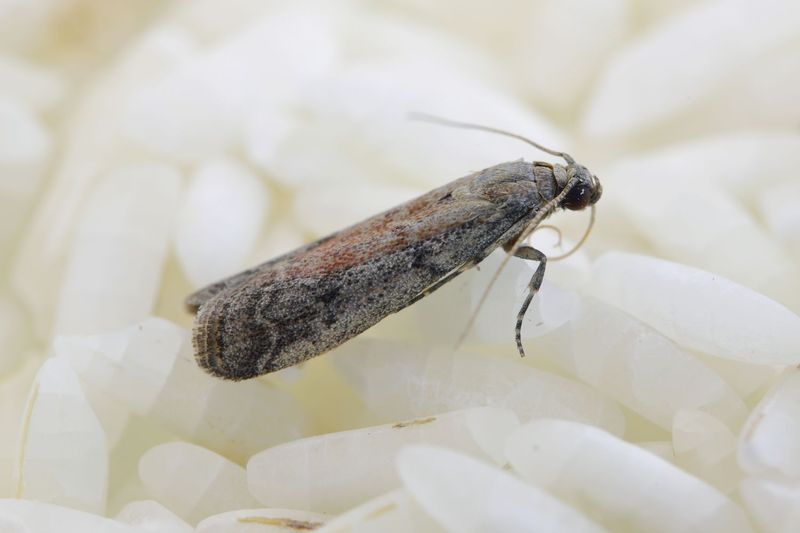
Farmers’ nightmares often flutter on fragile wings: moths. These pests can devastate crops, feeding on food supplies and laying eggs to ensure their next generation continues the feast.
It’s a constant battle to protect valuable resources from their relentless appetite.
8. Butterflies Spreading Harmful Parasites
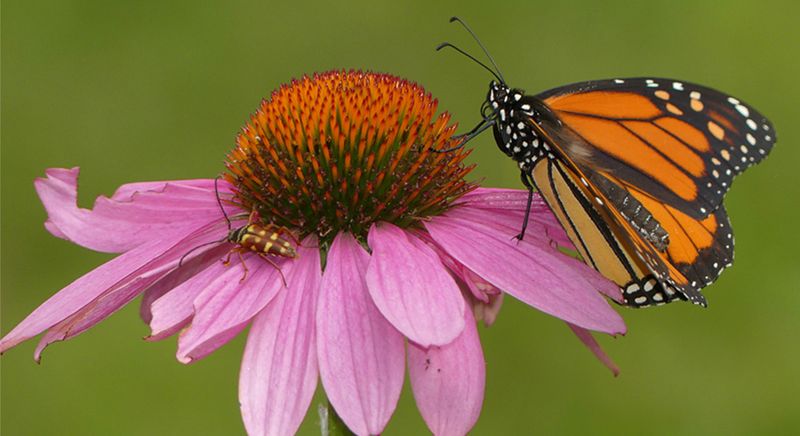
Butterflies, unsuspected carriers of parasites, can spread microscopic hitchhikers as they flutter from plant to plant. These harmful parasites can affect other species, disrupting ecosystems.
Their under-the-radar role impacts not only plants but entire food webs.
9. Moths Destroying Fabrics Like Silk

Moths aren’t just attracted to silk – their larvae feast on these precious fabrics, reducing them to tattered remnants.
Textile industries and silk enthusiasts alike face headaches due to this stealthy consumption. Luxurious materials are quickly turned into damaged goods.
10. Butterflies Spreading Plant Diseases
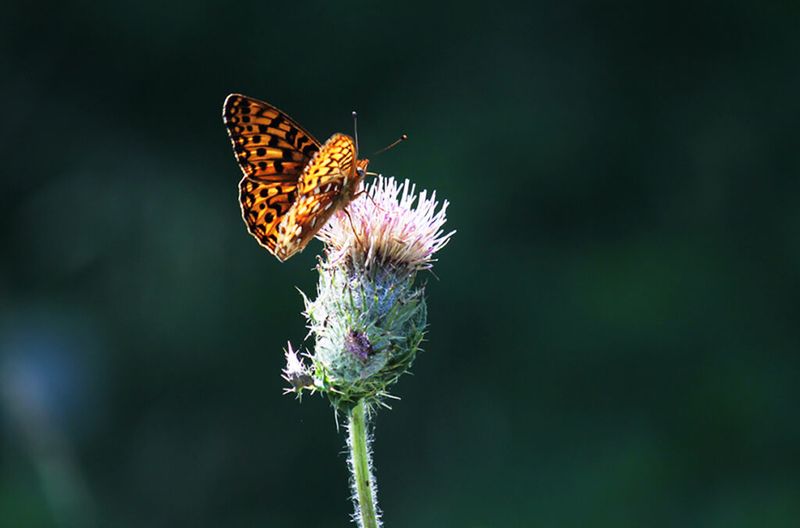
Butterflies can unknowingly spread plant diseases while foraging for nectar, transferring pathogens between blooms. This can affect entire ecosystems, with their graceful dance hiding unintended consequences.
Even beauty can have a shadowy impact.
11. Nocturnal Moths Mistaken For Pests
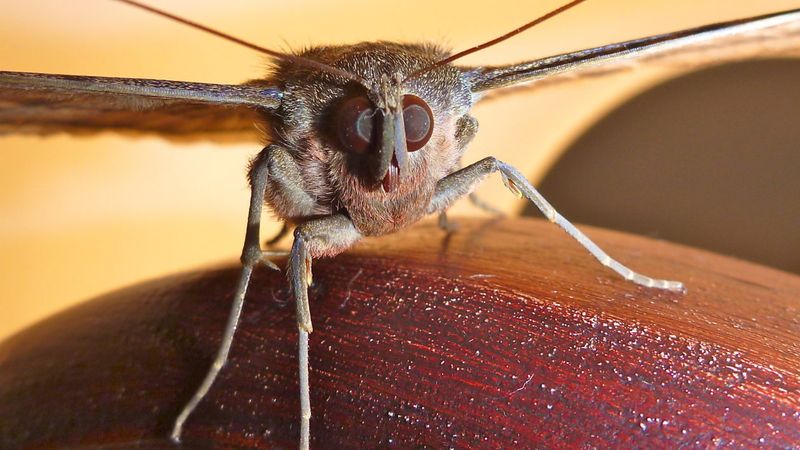
Not all moths are destructive, but those active at night often get a bad rap.
These nocturnal moths, though harmless, are frequently mistaken for pests due to their secretive habits. It’s an unfortunate misunderstanding that leads to unnecessary eradication.
12. Blood-Feeding Butterfly Species
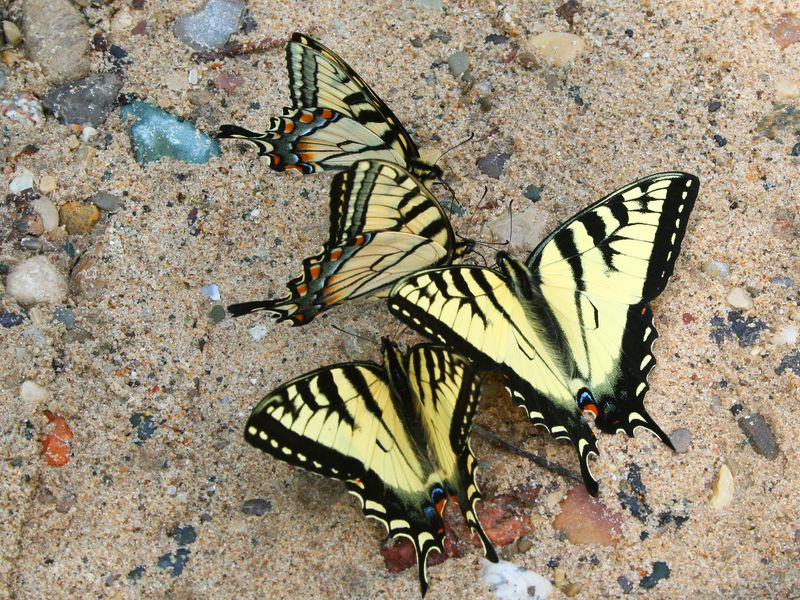
Some butterflies have a vampiric twist, feeding on blood when given the chance. Certain species are drawn to open wounds on animals, extracting salts and nutrients.
This extreme adaptation reveals a shocking truth: some butterflies literally have a taste for the macabre.
13. Moth Larvae Infesting Crops
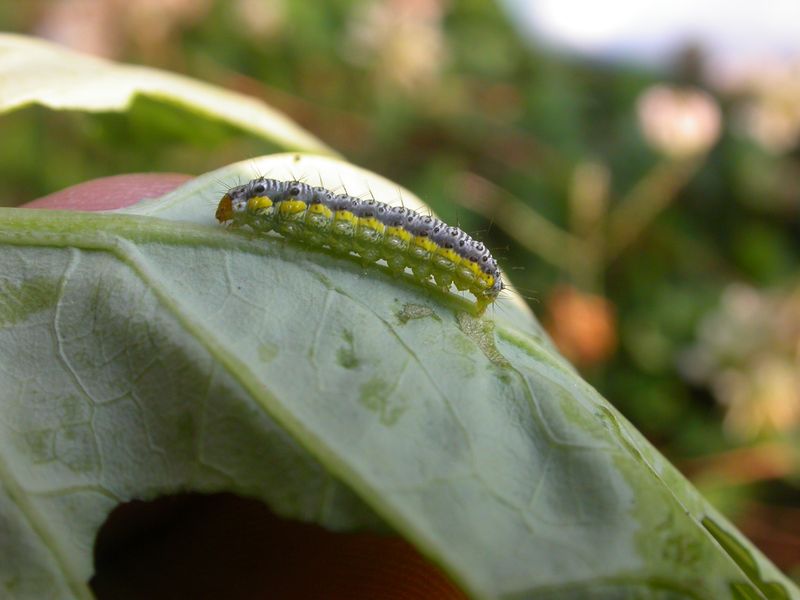
Before the fluttering adult moth, there’s the unseen menace: larvae. These young moths can infest crops, feeding voraciously and causing damage long before detection.
Farmers constantly battle this hidden threat, striving to protect their harvest from these tiny yet formidable foes.
14. Butterflies Using Wings For Deception
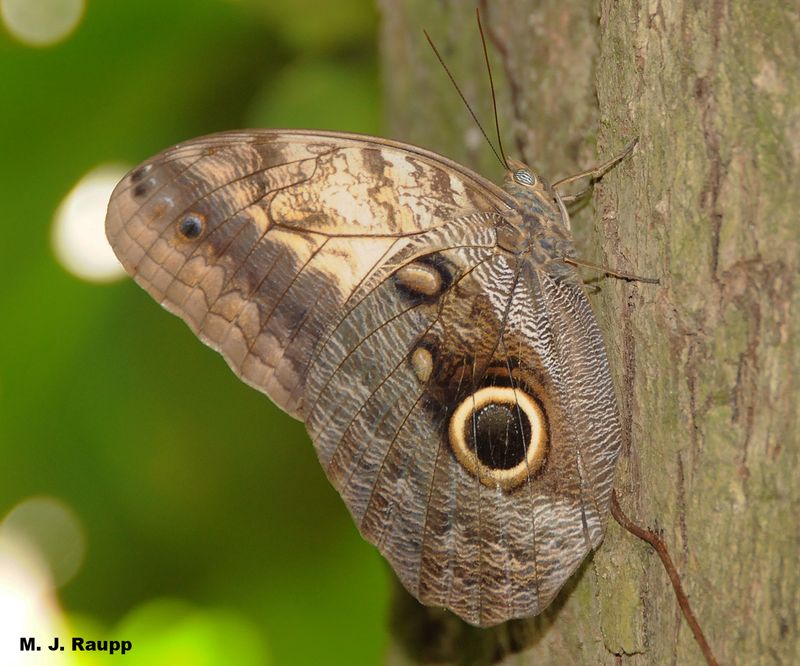
Butterflies are masters of deception with wings that tell tales. Some species boast patterns resembling predator eyes, deterring threats with a simple flutter.
This visual trickery showcases their strategic use of beauty, turning delicate wings into powerful tools of survival.
15. Moths Damaging Stored Food Products
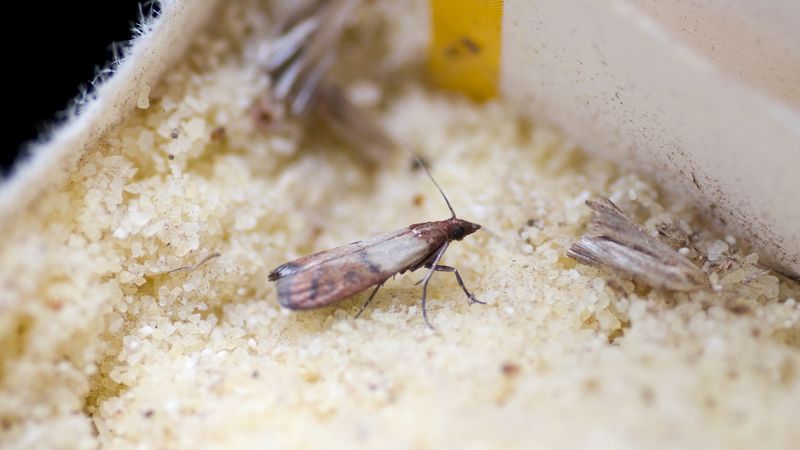
Got pantry pests? Moths could be the culprits. Certain species thrive in stored food, laying eggs that hatch into larvae, contaminating grains, nuts, and dried goods.
Homeowners often find themselves fighting to protect their pantries from these stealthy invaders, who feast behind closed doors.



